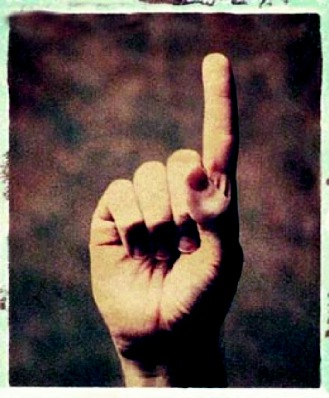why do it that way?
I recently read an article by Patricia Fripp and it prompted thoughts about WHY we do things the way we do. Upon evaluation, we often realize that our only reason for a particular practice is because, "Well, that's how we've always done it."
Here's the article, and then at the bottom I've added some questions that are worth pondering.
Joyce Ward is with Shore Intermediate Maintenance Activities, a Navy organization that fixes ships. "As a Business Performance Officer," she told me, "I go out and work with the shops, focusing on teamwork.
 "In 1994, I was working with my first team, our lifeboat repair shop. These rafts hang on the decks of ships and need to be inflated in an emergency. However, the failure rate in 1994 was 40%. After we asked some questions, we dropped the failure rate to 1% or less by the year 2000. How did we do this?
"In 1994, I was working with my first team, our lifeboat repair shop. These rafts hang on the decks of ships and need to be inflated in an emergency. However, the failure rate in 1994 was 40%. After we asked some questions, we dropped the failure rate to 1% or less by the year 2000. How did we do this?"We looked at the processes and made a flow chart. We kept track of who was working on what so we could spot where the errors were occurring. When we did this, we discovered one extraordinary employee whose work was always perfect. There was no failure rate for Joey.
"We decided to observe Joey carefully to figure out what he was doing right. We watched and watched, but couldn't see that he was doing anything different from the other workers. Then we decided to videotape him and asked him to describe what he was doing as he did each step. We encouraged the other members of the team to observe, reminding them that they or their family might be the ones needing a lifeboat in an emergency.
"So the whole team was there watching. At one point, Joey said, 'And now I fold the valve under.'
"'Wait!' the other said. 'But we fold it toward the top? Why are you folding it underneath?'
"'Because," Joey said, 'it lies flatter, and there is less chance that it could be broken when the life raft is compressed into the little package.' Joey was a young man very low on the totem pole, but we've learned that you have to listen to the kids down on the deck. They are the ones who make it happen.
We ask the teams to define problems and describe what they've done to solve it. After we collect their answers, we brief the executive officers who can make it happen. Then they make recommendations to leadership who can bring about a permanent change. Joey's idea became the department standard for the entire Navy. (He also got an award of $2500.)
And thanks to Joey and our asking the right questions, your chances of having a working lifeboat have risen to 99% or more."
Why do we so often get stuck in “wrong practices”?
How can we identify the people in our ministry who are doing it right?
How can we learn from their practices?
How can we implement those learnings?


<< Home